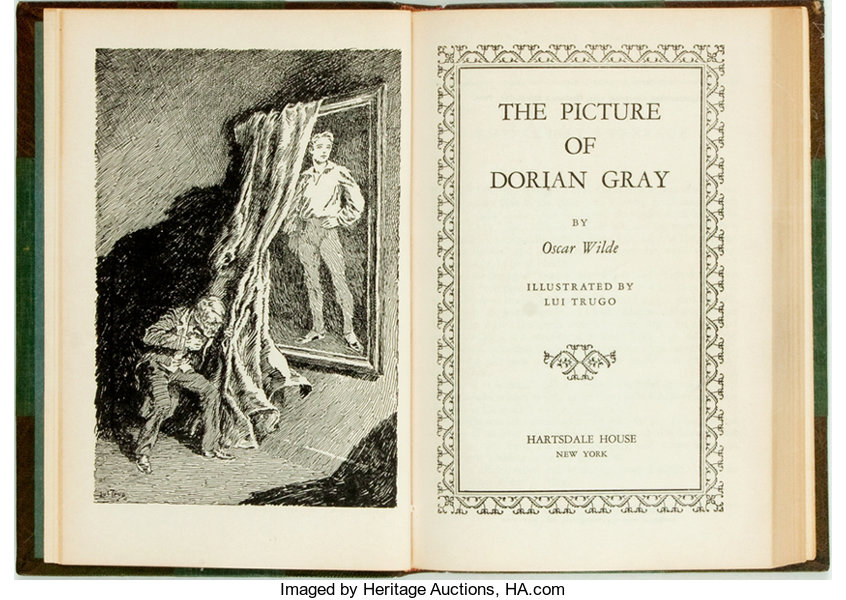Book Review: The Portrait of Dorian Gray
The Portrait of Dorian Gray is a well-known philosophical look at the ties between sin and youth, written by Oscar Wilde and published in 1890. The book is written in cascading elegance, allowing the book to somewhat mirror its content in an aesthetically pleasing way.
The Portrait of Dorian Gray explores beauty by following a young aristocratic man who has a portrait of himself painted and becomes envious that he will age while the painting will remain the same- young and beautiful. He makes a wish that he and the painting could change places, and when his wish is granted, he must navigate life as forever beautiful and young.
While Wilde himself claims that the novel doesn’t have any inherent meaning, stating in the preface, “No artist desires to prove anything.” The book and its aims have been scrutinized by readers and scholars all over the world, as the book was unconventional during its release. The most obvious takeaway is that youth and beauty are a privilege that allows (even bad) people to get away with terrible things. The book explores this “pretty privilege” by spotlighting the main character, Dorian Gray, as a beautiful person with awful motives, although he gets away with everything he does because of his advantage. So in that essence the book can be seen as a social commentary, criticizing the way in which good-looking people can get away with bad acts simply because of this social predisposition. This isn’t a unique idea, however, and it has been explored in other areas such as psychology. ‘The Halo Effect’, according to the 1920s psychologist Edward Thorndike, refers to one positive attribute (like beauty) casting a positive light over other traits.
The book also explores the influence of art and literature on culture. Dorian himself criticizes art for being meaningless and only serving the purpose of giving beauty, which is ironic of course, considering that he switched places with a piece of art.
While Dorian is an outwardly bad character, he does face some guilt for his actions during the book, although instead of seeking to grow from them, he just ends up spiraling further downward to ignore his own feelings. One interesting aspect of this novel is that it is an anti-bildungsroman, meaning that it follows the destruction of a character instead of the improvement of one. While many novels focus on a character becoming better and overcoming obstacles, Dorian becomes gradually worse and worse. This makes the novel an interesting commentary on most common narratives, questioning whether or not they are productive.
The book does have some anti-semitism and sexism, which can be attributed to the time, although they are still dissapointing on the page. The main characters are all wealthy white men, and the only major female character is only given the traits of being love-sick and helpless.
In conclusion, The Portrait of Dorian Grey is a good read that brings many unique ideas to the table.



